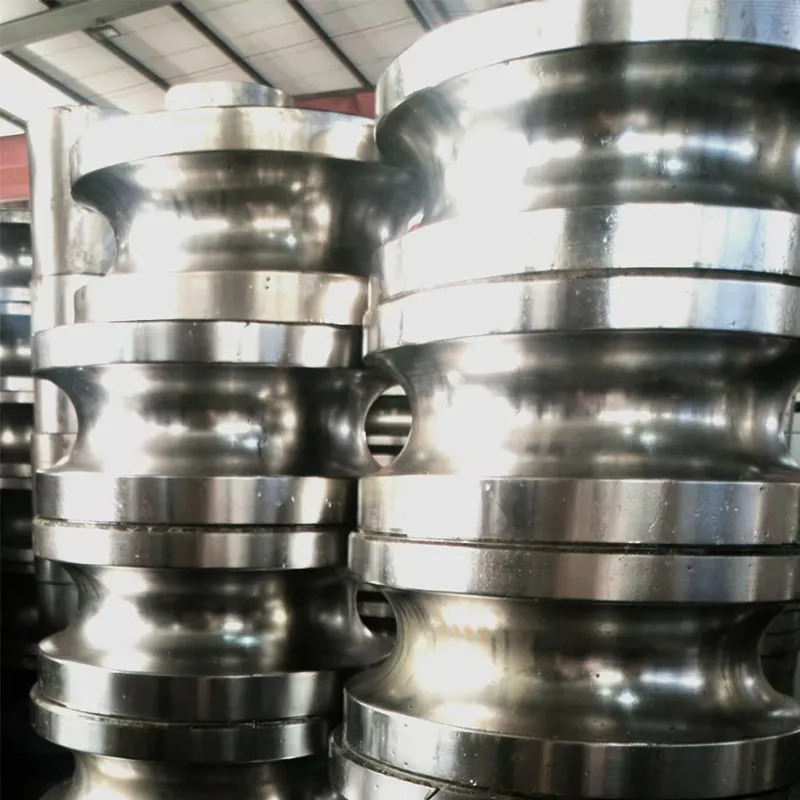Garden Hose Production Equipment for Efficient Manufacturing Processes and Quality Output
The Evolution of Garden Pipe Manufacturing Machines
The garden pipe, often considered an essential tool for gardeners and homeowners alike, has undergone significant advancements over the years. The manufacturing processes and machines that create these indispensable products have evolved remarkably, reflecting the ever-changing demands of the market and improvements in technology. This article explores the evolution of garden pipe manufacturing machines and their impact on production efficiency and product quality.
Historically, garden pipes were made from natural materials such as rubber or canvas, which limited their durability and usability. The transition to synthetic materials marked a revolutionary change in the industry. The introduction of PVC (polyvinyl chloride) and other polymer-based materials offered numerous benefits, including enhanced durability, flexibility, and resistance to weather elements. This shift necessitated the development of specialized manufacturing machines capable of handling these new materials.
Modern garden pipe manufacturing machines encompass a range of sophisticated equipment designed to streamline production processes. Extruders play a crucial role in this setup, as they continuously process raw plastic pellets, melting them and forcing the material through a die to create a tube. Advanced extruder models now incorporate precise temperature controls and monitoring systems, allowing for consistent product quality. The ability to control flow rates and temperatures is vital to ensuring that the garden pipes produced have uniform thickness and are free from defects.
Another critical aspect of the manufacturing process is the use of coiling and winding machines. Once the pipe has been extruded and cooled, it needs to be coiled for storage and transport. Automated coiling machines take on this task, significantly reducing labor needs while enhancing efficiency. These machines can adjust to different pipe sizes and ensure that the coils are uniformly wound, making them easier to handle and distribute.
garden pipe manufacturing machine

Moreover, advancements in automation and robotics have transformed the manufacturing landscape. Automated inspection systems, equipped with vision technology, can detect imperfections in real-time during production. This enhances quality control and reduces waste, ensuring that only products meeting strict standards are delivered to consumers. Additionally, robots are increasingly used for packaging and palletizing, further streamlining the end stages of production.
The emphasis on sustainability in manufacturing has also spurred innovations in garden pipe production. Manufacturers are now focusing on recycling materials and reducing waste during the manufacturing cycle. For instance, some machines are designed to reprocess offcuts and defective products, turning them back into usable materials. This not only lowers material costs but also aligns with global efforts to promote environmentally friendly practices in manufacturing.
The introduction of smart technology into garden pipe manufacturing machines is another significant trend. Internet of Things (IoT) capabilities allow manufacturers to monitor the production process remotely, analyze performance data in real-time, and conduct predictive maintenance on machines. This leads to reduced downtime and increased operational efficiency, which is essential in meeting rising demand and maintaining competitiveness in the market.
In conclusion, the garden pipe manufacturing machine has seen substantial evolution over the years, driven by advancements in materials, automation, and sustainability. As technology continues to progress, we can expect further innovations that enhance efficiency, quality, and environmental responsibility in the production of garden pipes. This evolution not only benefits manufacturers but also ensures that consumers receive high-quality, reliable products that meet their gardening needs.
-
High Frequency Straight Seam Welded Pipe Production Line|BzZhou Xinghua|Precision Welding&EfficiencyNewsJul.30,2025
-
High Frequency Straight Seam Welded Pipe Production Line - BzZhou Xinghua|Precision Engineering&EfficiencyNewsJul.30,2025
-
High-Frequency Straight Seam Welded Pipe Production Line-BzZhou Xinghua Machinery Equipment Manufacturing Co., LTD.NewsJul.30,2025
-
High-Frequency Straight Seam Welded Pipe Production Line-BzZhou Xinghua Machinery Equipment Manufacturing Co., LTD.|Precision Manufacturing, High EfficiencyNewsJul.30,2025
-
High Frequency Straight Seam Welded Pipe Production Line-BzZhou Xinghua Machinery Equipment Manufacturing Co., LTD.|Precision Steel Pipe Manufacturing&Industrial EfficiencyNewsJul.29,2025
-
High-Frequency Straight Seam Welded Pipe Production Line-BzZhou Xinghua Machinery Equipment Manufacturing Co., LTD.|Precision Steel Pipe Manufacturing&Industrial EfficiencyNewsJul.29,2025


